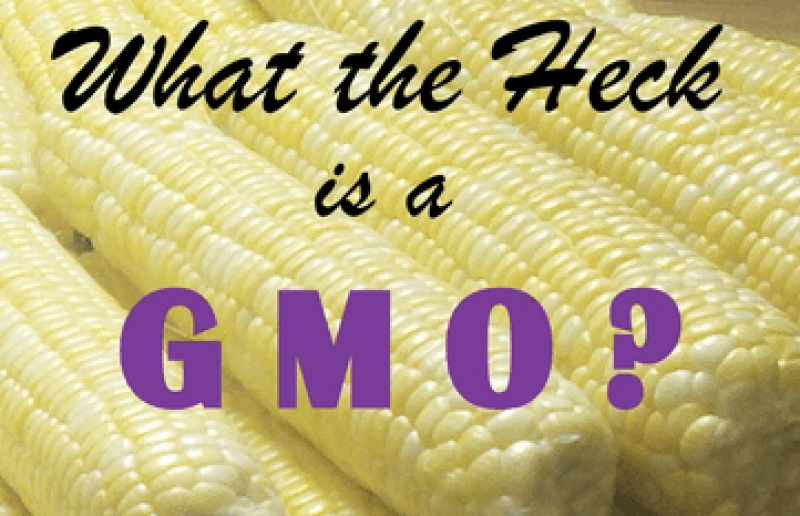Earlier this year, Scientific American ran an article discussing how Michael Mazourek, assistant professor of Plant Breeding in the Department of Plant Breeding and Genetics at Cornell University and his research team are modifying chili peppers by tightly controlling pollination for desired traits and using advanced gene sequencing to understand exactly what’s going on at a cellular level with the adaptations. In other words, they are modifying plants but not creating “genetically modified organisms” as we commonly use the term. Or are they?
Generally speaking, “GMO” has come to refer to a living organism that contains a novel array of genetic material created or inserted through technological means. Which raises the question: “Where does an ethical and publicly-acceptable level of technological ‘involvement’ end and an unacceptable level of technological ‘interference’ begin?”
The article explains that Mazourek’s team doesn’t go about genetic modification in the usual way. “Rather, they sequence the genomes of many different kinds of plants to build databases that link various versions of genes—known as alleles—to distinct traits,” writes Scientific American associate editor Ferris Jabr. “Then, they peek inside juvenile plants to examine the alleles that are already there before choosing which ones to grow in the field and how best to mate one plant with another.”
There is, of course, no objective answer to where “natural” selection ends and artificial selection begins. Is natural selection inclusive of those who survive plagues and disease outbreaks? How about if the survivors owe their lives to man-made vaccinations? What about our ancestors who survived battles by using weapons? Did the use of weapons define their survival as artificial selection? Does farming with tools make selective pressure “un-natural”?
Many creatures (non-human primates, other mammals, birds, insects) use tools to modify their environments—and are presumably doing “naturally”. Whether humans choose to crossbreed plants the way Francis Galton did with peas in the 1890s, directly manipulate instead how pollen is transferred as Mazourek and others have done, or even more directly with gene insertion or deletion, we are creating in all fashions genetically modified organisms.

Look no further than your local grocery store aisle to see that the federal government does not regulate the word “natural.” This is a purposeful decision; it’s often a semantic black hole to suggest some food items are “natural” while others are not. Is cold-pressed olive oil natural? We would never encounter that much oil localized in one place in nature. How about decaffeinated coffee?
Recent estimates suggest that more than 70 percent of our corn crop come from GM seeds. If we include crossbreeding in our tally of modified organisms, the GMO total is more accurately closer to 100 percent. If we stop giving short shrift to science, we’d realize that corn, regardless of how it is produced, is just an organism comprised of amino acids among other compounds—as is true of all life.
It’s a very slippery slope to attempt to separate out which methods of genetic modification are “natural.” Random insertions, deletions, and mutations occur every second of every day in every organism on Earth; we are now using technology to figure out how this happens and how to reproduce it.
Ben Locwin, Genetic Literacy Project Contributor, is the President of Applied Pharmaceutical Intelligence and Head of T&D for Lonza Biopharmaceuticals. He is an author of numerous scientific articles and a researcher and consultant for a variety of industries in food and beverage, pharmaceutical, marketing and advertising.































